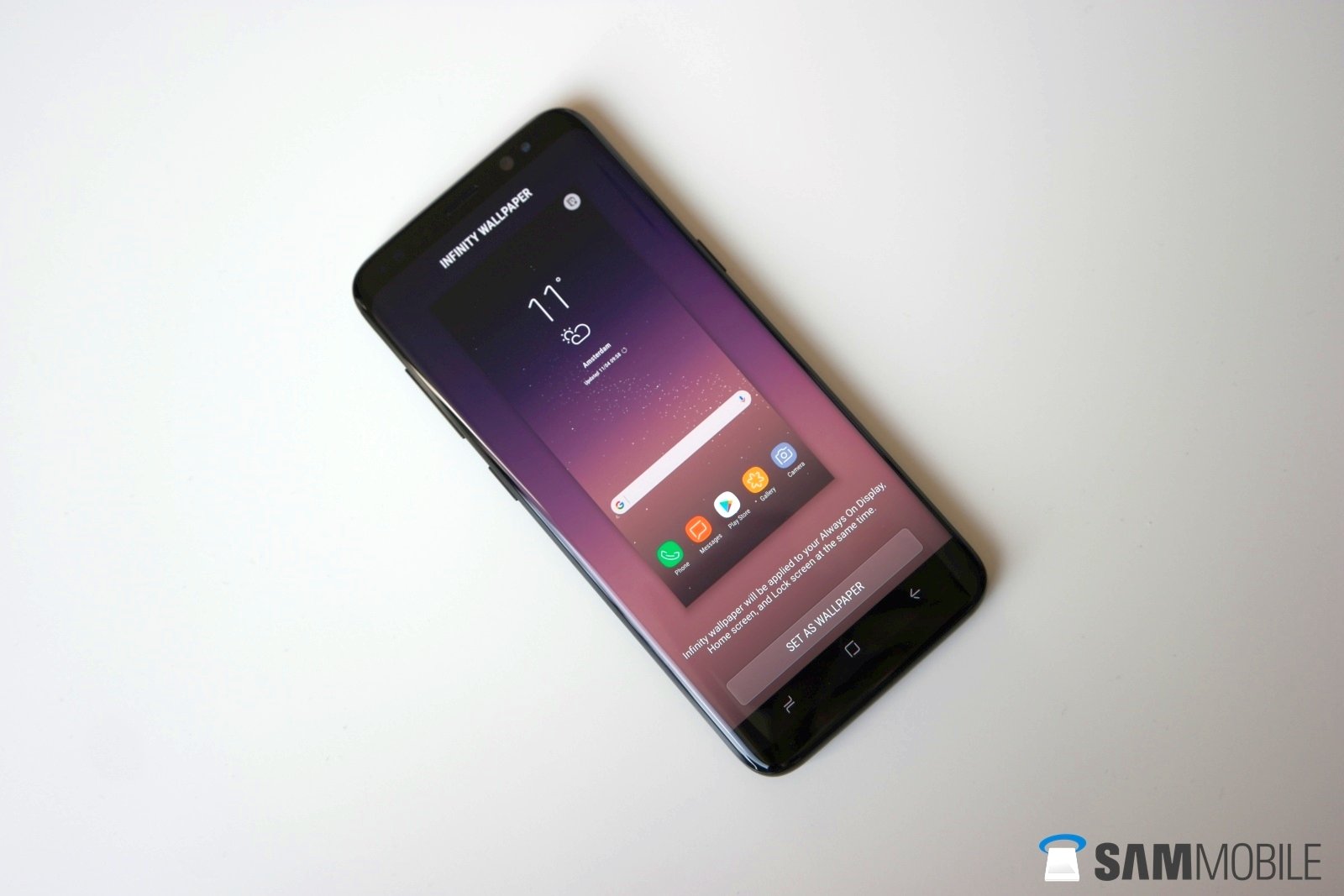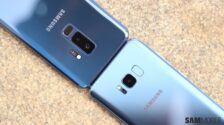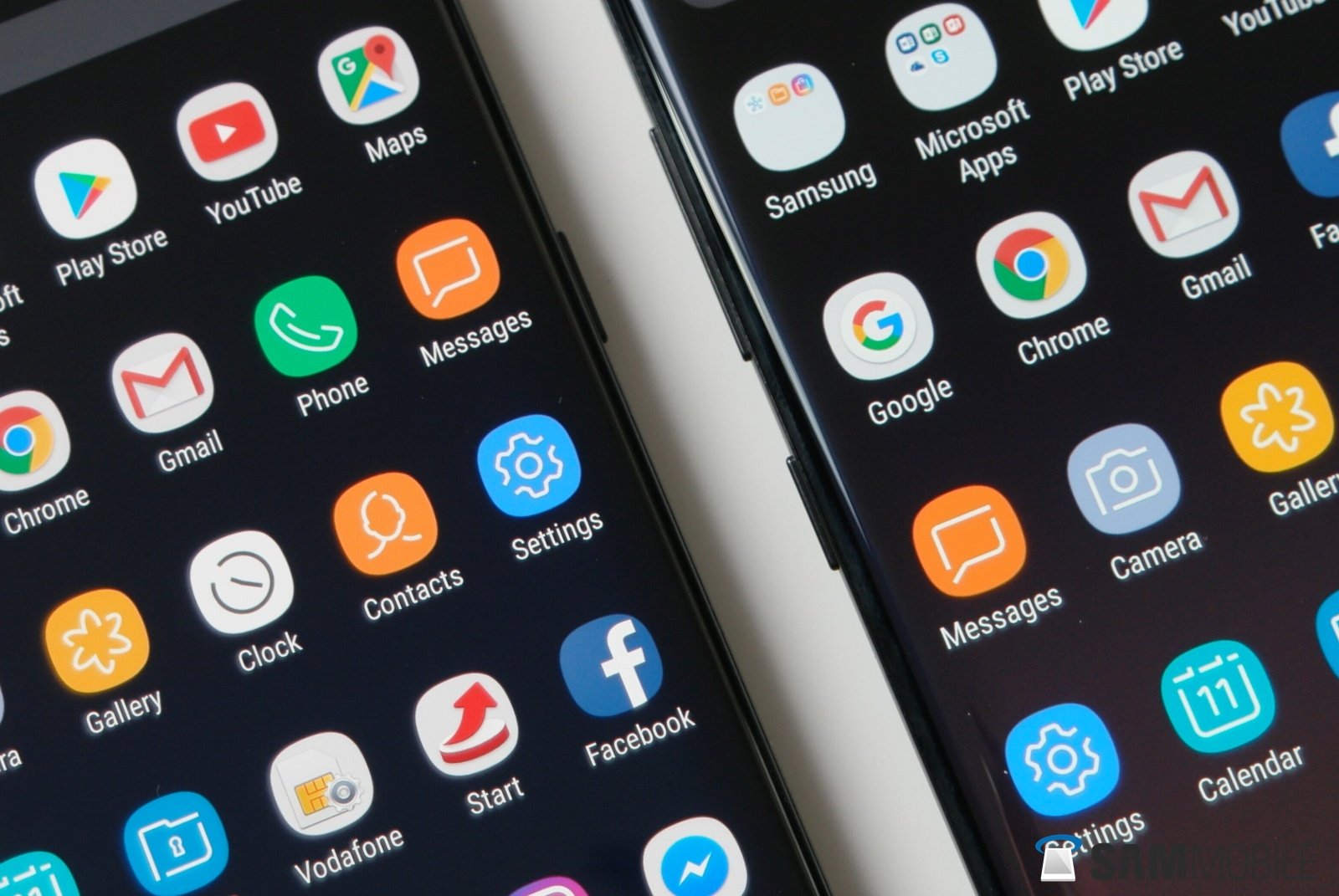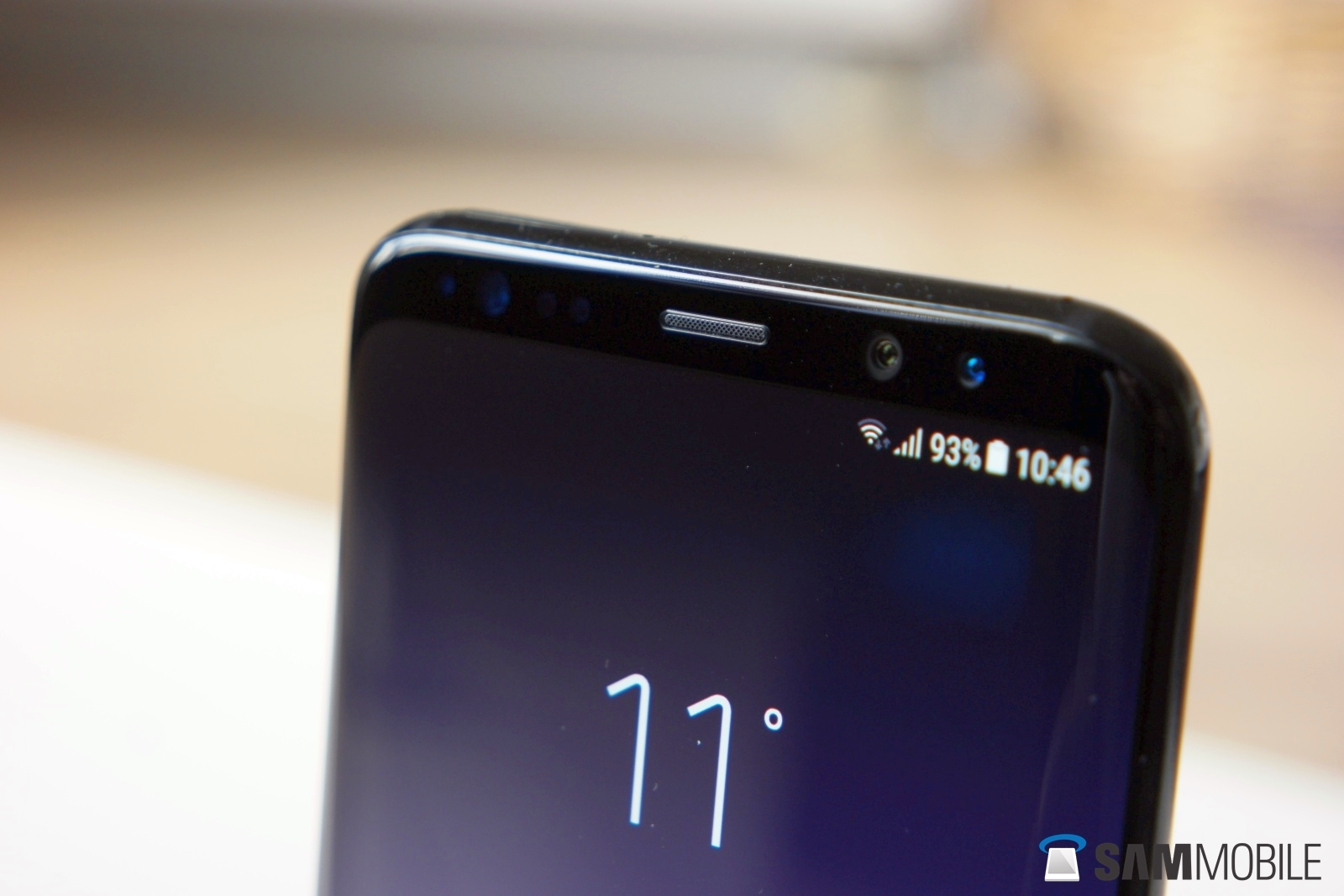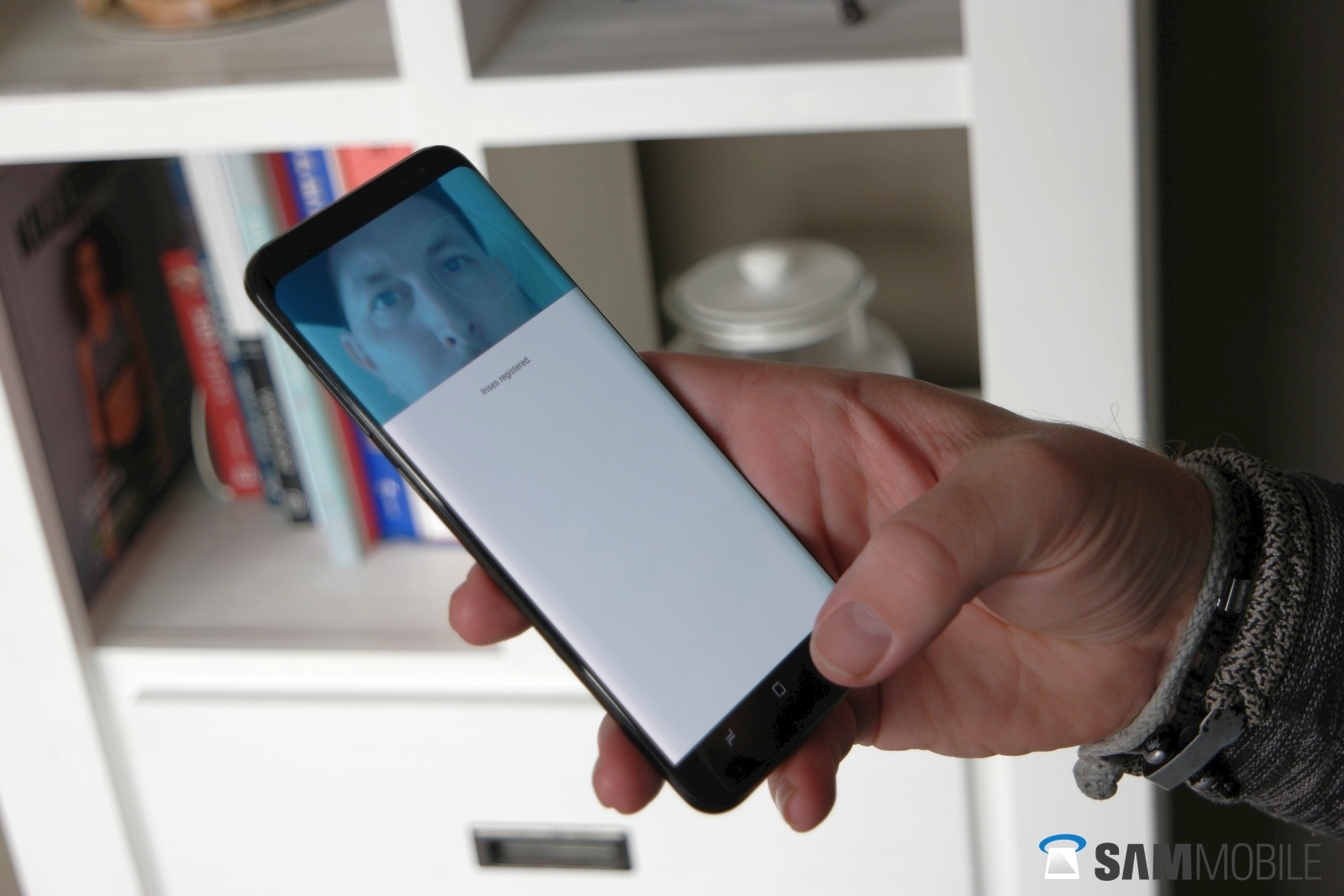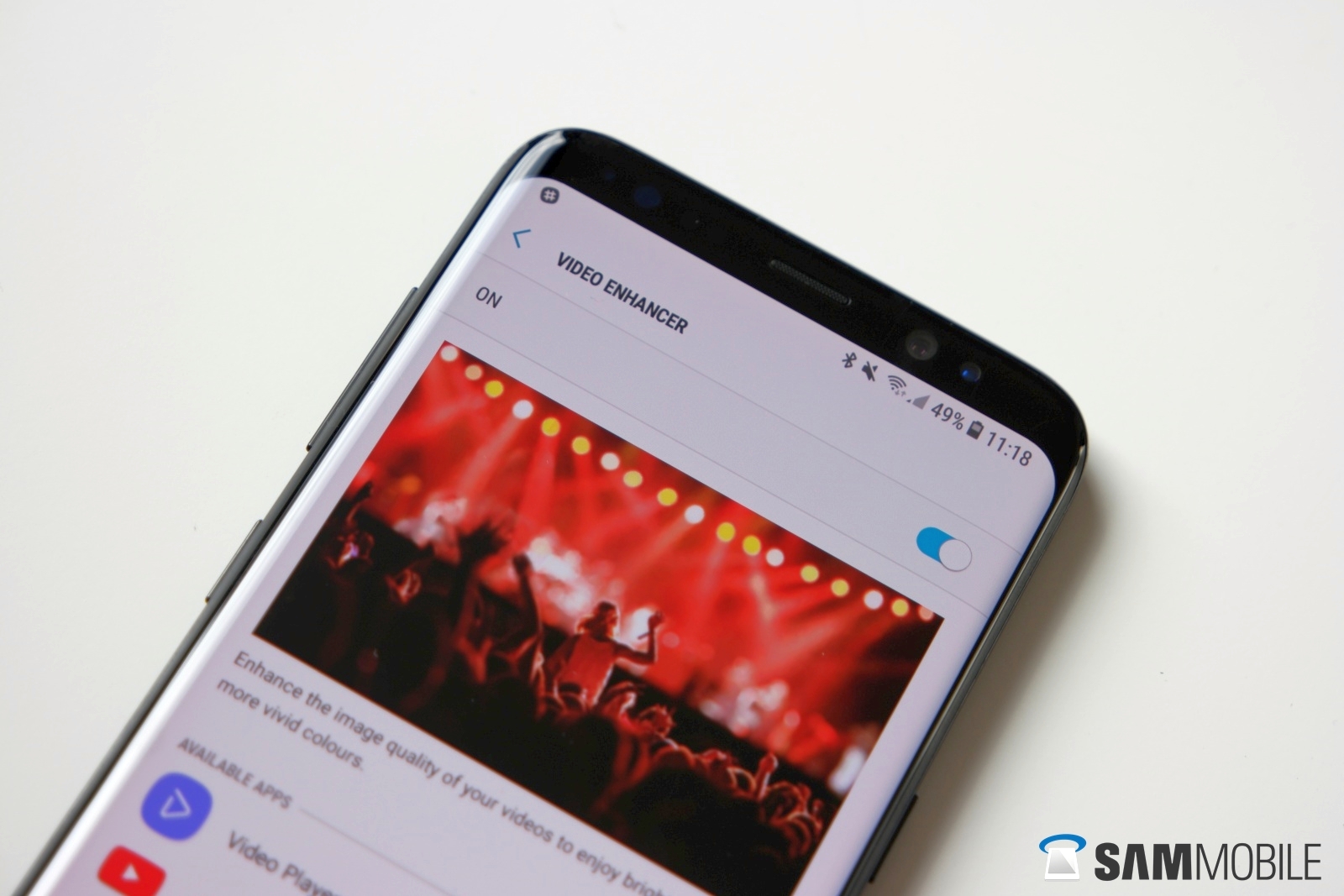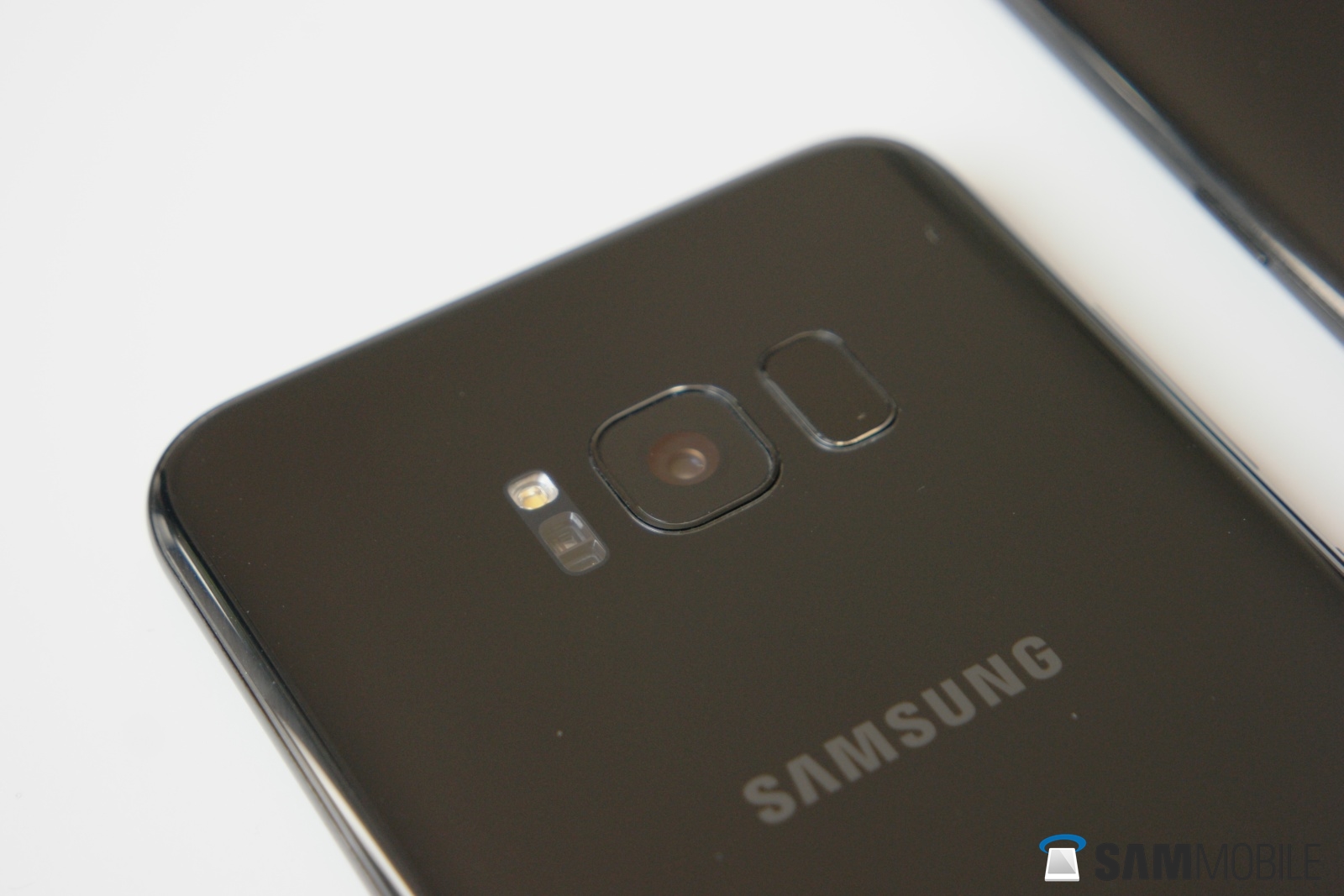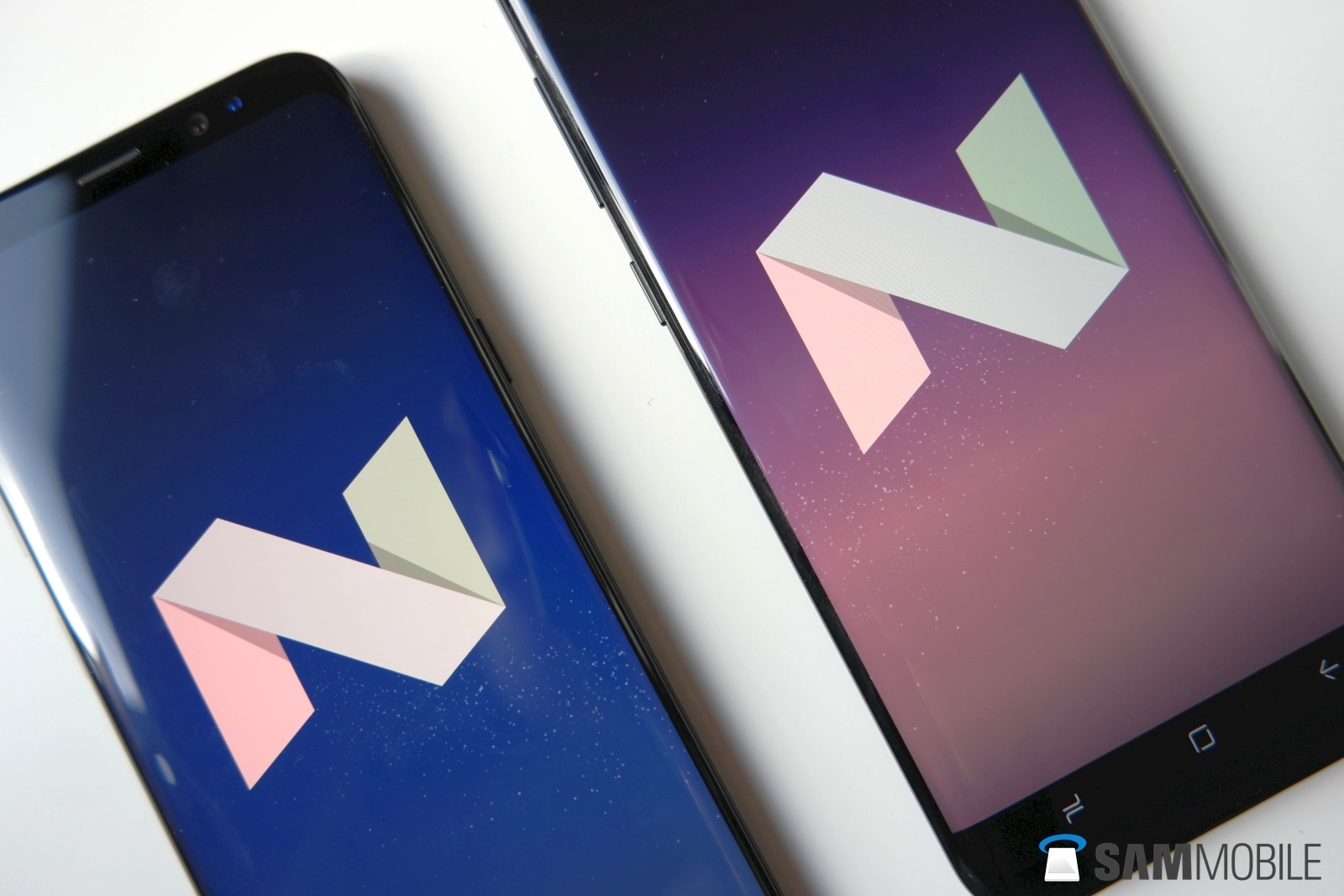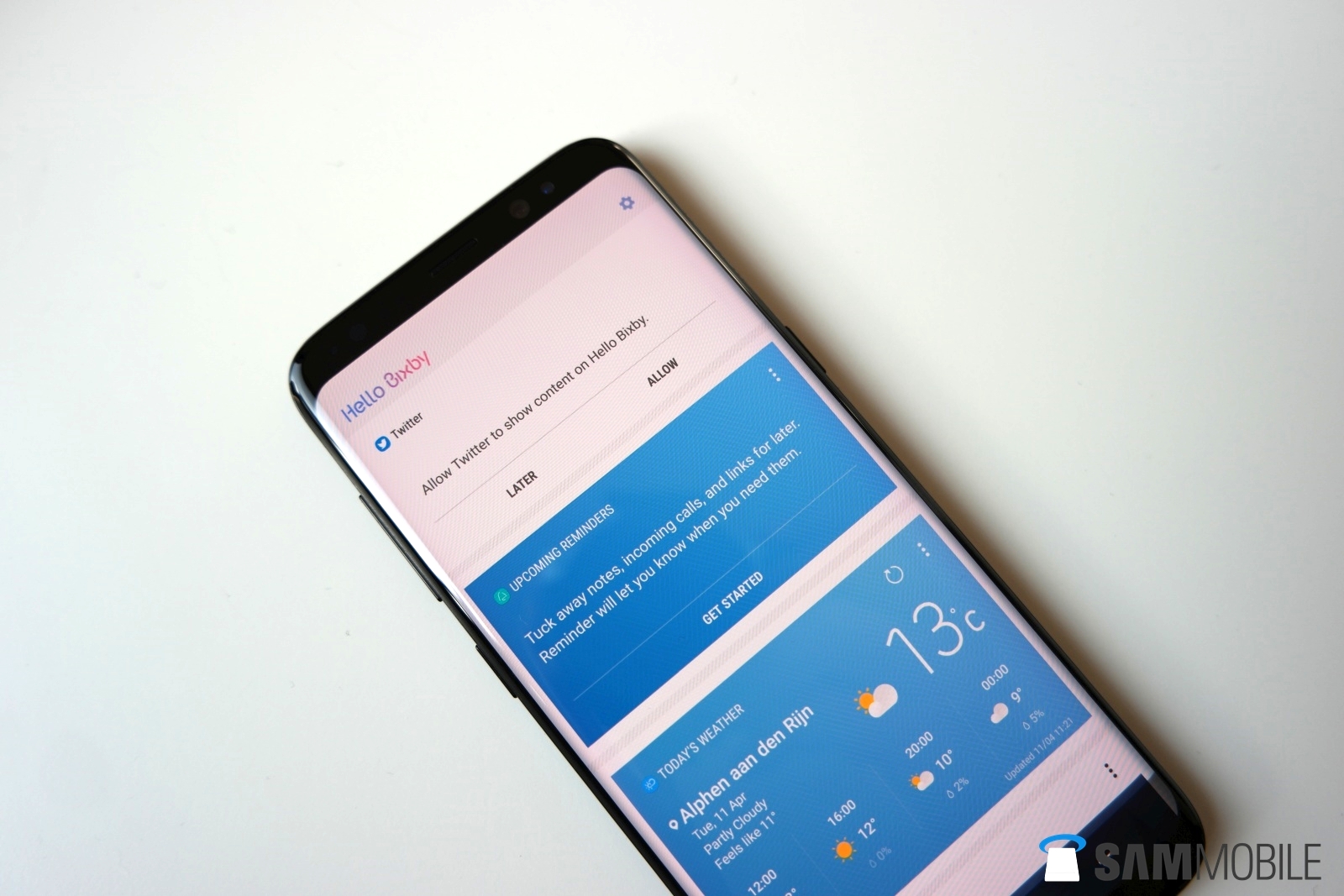Introduction
With the launch of the Galaxy S8/S8+, Samsung kickstarted a new trend of bezel-less smartphone screens that stretch from edge-to-edge. Though the Korean company was not the first to come up with this idea, it was definitely the biggest influencer in turning it into an industry-wide phenomenon with its Galaxy S8 duo. To that end, the company’s 2017 flagship lineup is a significant milestone in modern smartphone design.
Unlike their predecessors, both the models in the Galaxy S8 lineup feature a similar design. The differences between the S8 and S8+ boil down to their display and battery sizes, with the latter packing a bigger display and a larger battery to earn the plus moniker. This makes the Galaxy S8+ philosophically different from its successors, which gradually morphed into more powerful devices than their smaller siblings.
Design
The Galaxy S8 duo excels in many areas, but the design is, undoubtedly, their biggest strength. Both the regular and the Plus variant feature an identical unibody design and build quality with Gorilla Glass protection on the front and back and a metal frame in between.
The front of the device is dominated by a large Infinity display that curves on the sides and has small bezels on the top and the bottom with no capacitive navigation buttons. The top bezel houses an Iris scanner, earpiece speaker, proximity sensor, and a front camera. The power button is located on the right side, while the volume rocker and Bixby button are on the left. There is a headphone jack, USB Type-C port, primary microphone, and a speaker grille on the bottom side of the device. On the top, there is a secondary microphone and a SIM tray that also houses a MicroSD slot.
On the backside, there is a single camera towards the middle, with an LED flash and heart rate sensor placed to its right and a fingerprint scanner. The back also displays Samsung branding and, depending on the market, the model name. The S8+ measures 159.5 x 73.4 x 8.1 mm and weighs 173 grams, making it both larger and heavier than the regular S8.
Specifications
The Galaxy S8+ has identical specs to the S8 in all but two areas: display size and battery capacity. The S8+ comes with a 6.2-inch Quad HD+ Infinity display and a 3500mAh battery as against the S8’s 5.8-inch screen and 3,000mAh battery capacity. The rest of the specs are the same, which means the S8+ comes with either a Qualcomm Snapdragon 835 or an Exynos 8895 SoC, 4 GB RAM, 64 GB internal storage, microSD support, 12 MP primary camera, 8 MP front camera, USB 3.1 Type-C port, 15W fast charging, AKG-tuned stereo speakers, Dolby Atmos surround sound, IP68 rating, Samsung Pay with MST, and more.
At launch, the device shipped with Android 7.0 Nougat on board, but Samsung eventually upgraded it to Android Oreo and then Android Pie in the following years. Currently, it runs Android Pie with Samsung’s One UI 1.0 on top.
For the complete list of internals, you can go to our Galaxy S8+ specifications page.
Display
Samsung introduced its now-ubiquitous Infinity display with the Galaxy S8 series. It is the Korean company’s marketing terminology for edge-to-edge screens with small bezels. Both the S8 and S8+ have the same display, but the one on the latter is bigger at 6.2-inches. It is a curved Quad HD+ (2960×1440) Super AMOLED Infinity display with 18.5:9 aspect ratio and Corning Gorilla Glass 5 protection.
Since the S8+ has a larger display without any change in resolution, its pixel density drops from the smaller model’s ~570 PPI to ~529 PPI. The panel supports HDR content, making it ideal for media consumption. As it happens with Samsung flagships every year, DisplayMate rated it as the best smartphone display in the market when it launched.
Camera
The camera setup on the Galaxy S8+ is no different from the smaller model. On the back, it sports a Dual Pixel 12 MP F1.7 primary sensor with Optical Image Stabilization (OIS) and PDAF (Phase Detection Auto Focus). For selfies, it comes with a single 8 MP f/1.7 sensor on the front. The rear camera can record videos in 4K while the front camera is limited to 1440p. Both the cameras support software-based bokeh effect.
With the Android Oreo and Pie updates, Samsung has redesigned the camera UI and added many new features such as AR Emoji, filters, etc. to the front and the back cameras on the Galaxy S8/S8+.
Software
The Galaxy S8/S8+ introduced major software features like Bixby, Samsung DeX, Samsung Pass, software navigation buttons, etc. They shipped with Android 7.0 Nougat, but Samsung upgraded it to Android Oreo in March 2018 and then to Android Pie in February 2019. The Pie update also brought Samsung’s One UI to the 2017 flagship. The software experience here is standard and doesn’t offer anything exclusive. You can read our posts about Android 9 Pie and Samsung One UI to know what the latest update brings to the Galaxy S8 lineup.
Since Samsung has been sticking to the policy of releasing a maximum of only two major Android version updates for its devices, the S8 series may not get the Android 10 update. The company, however, is still pushing out security updates at regular intervals, which also bring news features every now and then.
Availability
Samsung unveiled the Galaxy S8/S8+ on March 29, 2017, at a special event in New York. Pre-orders were open the next day and the devices went on sale globally the following month.
The Galaxy S8+ was priced around $850 at launch in the US, but now cost only a fraction of that due to price cuts and discounts as multiple successors have since been released. It comes in Midnight Black, Orchid Gray, Arctic Silver, Coral Blue, Maple Gold, and Rose Pink color options. Pricing and availability vary by region.
